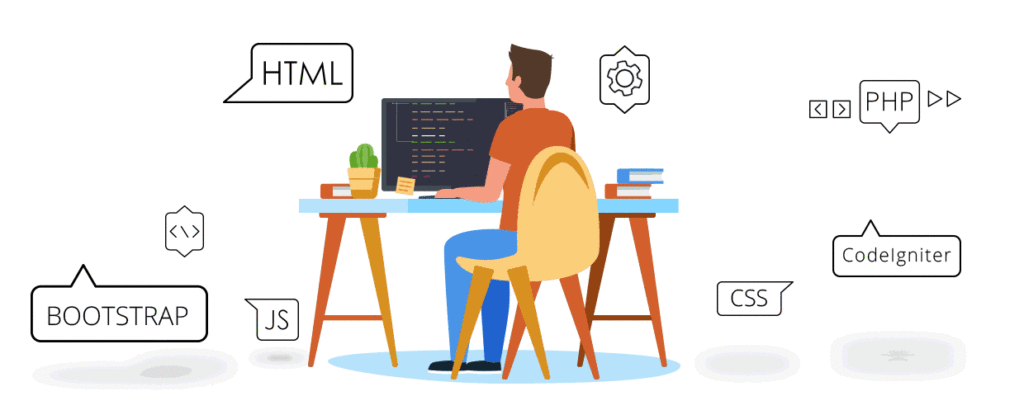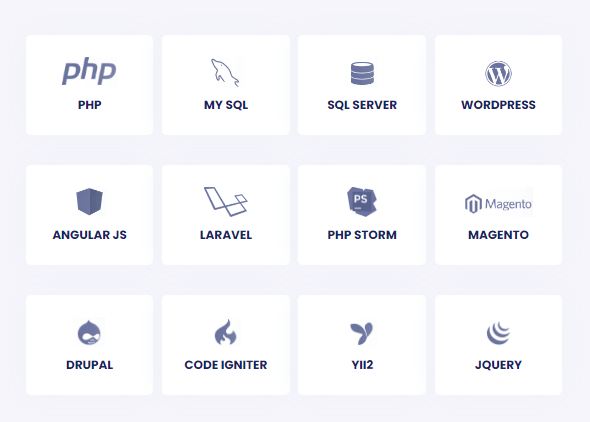+1 (321) 275-3018

Web Development How Do We Do It?
Web development is the process of building and maintaining websites and web applications. It involves several key steps and technologies to create functional and interactive online experiences. Here’s a general outline of how web development is typically done:
1. **Planning and Requirements Gathering**: This stage involves understanding the project requirements, defining goals, identifying the target audience, and creating a plan for the development process.
2. **Design**: In this phase, web designers create the visual look and feel of the website or application. They work on layout, color schemes, typography, and user interface elements to ensure an appealing and user-friendly design.
3. **Front-end Development**: Front-end development focuses on the client-side of the web. Front-end developers use languages like HTML (Hypertext Markup Language), CSS (Cascading Style Sheets), and JavaScript to build the user interface and add interactivity. HTML provides the structure of the webpage, CSS handles the presentation and styling, and JavaScript adds dynamic behavior.
4. **Back-end Development**: The back-end of the web is the server-side. Back-end developers work on the logic, databases, and server configuration. They use various programming languages and frameworks such as Python, Ruby, PHP, Java, Node.js, etc., to handle data processing, server-side operations, and interactions with databases.
5. **Database Integration**: Web applications often require a database to store and retrieve data. Back-end developers integrate databases like MySQL, PostgreSQL, MongoDB, etc., to handle data storage and retrieval.
6. **Testing**: Quality assurance is an essential part of web development. Testers carry out various tests like functionality testing, compatibility testing, performance testing, security testing, etc., to ensure the website or application works as expected and is free from bugs and vulnerabilities.
7. **Deployment**: Once the development and testing phases are complete, the website or web application is deployed to a web server, making it accessible to users.
8. **Maintenance and Updates**: Web development doesn’t end with deployment. Websites and applications require regular maintenance, updates, and bug fixes to ensure they remain secure and perform optimally.
9. **Ongoing Optimization**: As the website or application gathers data on user behavior and performance, ongoing optimization becomes crucial. This involves analyzing user data, making data-driven improvements, and optimizing performance and user experience.
10. **Security Considerations**: Throughout the development process, web developers must pay attention to security aspects to safeguard user data and protect against potential vulnerabilities.
Web development is a vast field, and different projects may require different tools, technologies, and workflows. Developers often use code editors, version control systems like Git, package managers, and build tools to streamline the development process. It’s also essential to stay up-to-date with the latest technologies and best practices in the industry.
Web Technologies

Need Advice For Your Business Website
Email us for fast support to this email.
Testimonials
What Our Client’s Say










Design is a way of life, a point of view. It involves the whole complex of visual commun ications: talent, creative ability, manual skill, and technical knowledge.
Denis Robinson
Customer
Design is a way of life, a point of view. It involves the whole complex of visual commun ications: talent, creative ability, manual skill, and technical knowledge.
Silviia Garden
Customer
Design is a way of life, a point of view. It involves the whole complex of visual commun ications: talent, creative ability, manual skill, and technical knowledge.
Tommy Dents
Customer



